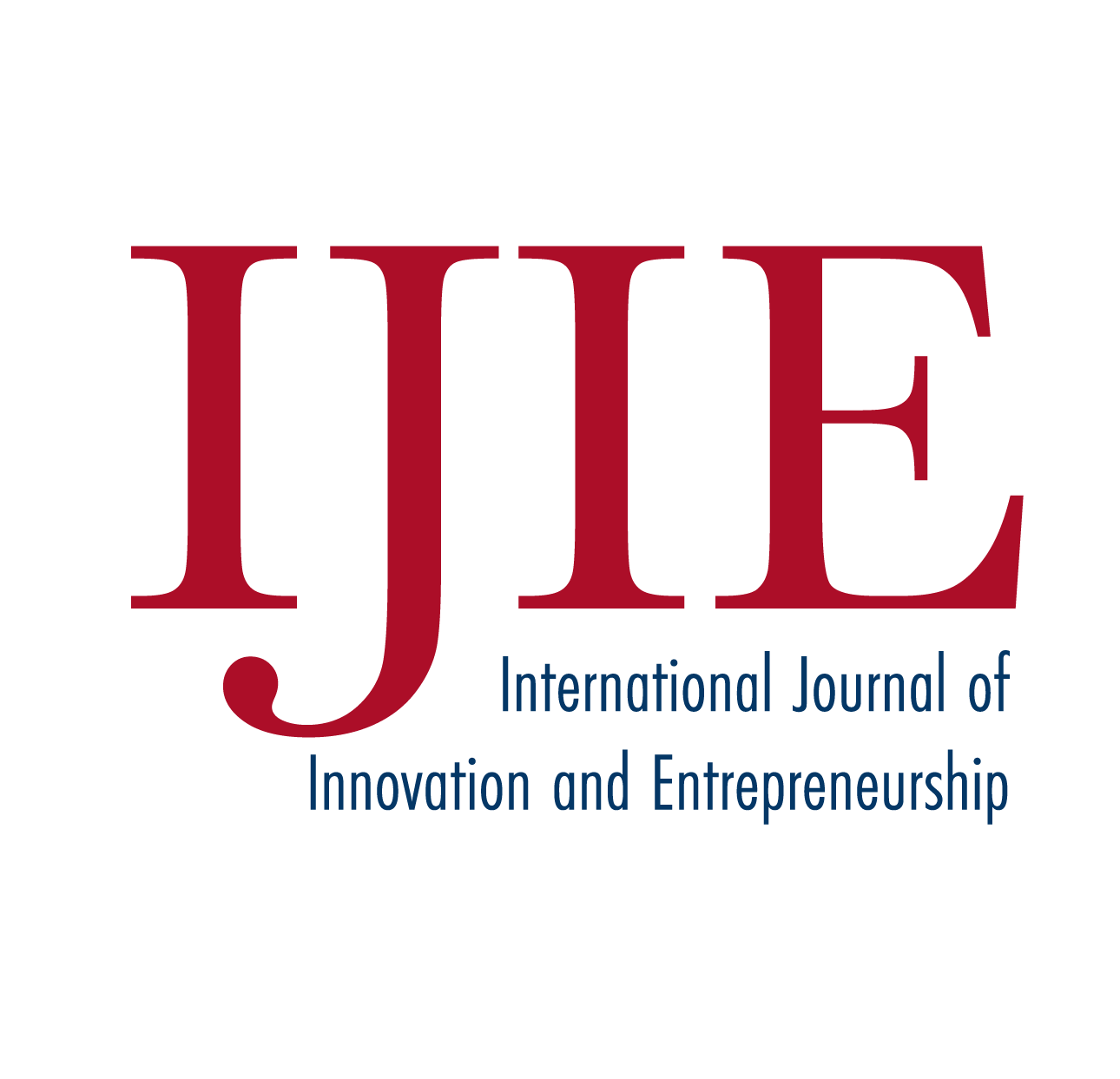International Journal of Innovation and Entrepreneurship
(ISSN: 2753-6297) Open Access Journal
Table of Contents
IJIE, Volume 3, Issue 1 (December 2024)
IJIE 2024, 3(1), 4; doi: 10.56502/ijie03010004
Received: 13 Sep 2024 / Accepted: 18 Sep 2024 / Published: 27 Sep 2024
PDF Full-text (687kb) | XML Full-text
Structural health monitoring (SHM) is crucial for ensuring the safety and longevity of infrastructure by detecting and assessing structural damage through advanced sensing and analytical techniques. The integration of artificial intelligence (AI) into SHM offers significant advantages over traditional methods, enabling real-time, continuous
[...] Read more.
Structural health monitoring (SHM) is crucial for ensuring the safety and longevity of infrastructure by detecting and assessing structural damage through advanced sensing and analytical techniques. The integration of artificial intelligence (AI) into SHM offers significant advantages over traditional methods, enabling real-time, continuous monitoring and predictive maintenance. This approach enhances the accuracy of structural issue detection, allowing for timely intervention before issues become critical, thereby reducing maintenance costs and improving safety. This article examines the application of various AI methods, including supervised, unsupervised, and deep learning, to optimise SHM under different conditions. By exploring hybrid approaches that combine these AI techniques, this study demonstrates how such integrations can improve the accuracy, adaptability, and reliability of SHM systems, ultimately contributing to safer and more cost-effective infrastructure management.
Full article
IJIE 2024, 3(1), 3; doi: 10.56502/IJIE3010003
Received: 14 Feb 2024 / Accepted: 14 Mar 2024 / Published: 18 Mar 2024
PDF Full-text (1482kb) | XML Full-text
This paper introduces cryptocurrency into a two-country open-economy model. Based on the theoretical model, we employ the TVP-VAR model to study the dynamic interdependence among interest rate spread (a proxy in the monetary market), exchange rate (a proxy in the forex market), and
[...] Read more.
This paper introduces cryptocurrency into a two-country open-economy model. Based on the theoretical model, we employ the TVP-VAR model to study the dynamic interdependence among interest rate spread (a proxy in the monetary market), exchange rate (a proxy in the forex market), and Bitcoin transactions (a proxy in the cryptocurrency market). The key finding is that Bitcoin has an effect of de-fiatization in the global financial market. When there is a higher divergence in monetary policy between the US and China, Bitcoin attracts greater attention with a higher price, posing a competing force against USD. When there are greater fluctuations in the exchange rate of USD/CNY, Bitcoin diverts investors from CNY. The fiat currencies of the two largest economies are both losers while Bitcoin gains. Therefore, cryptocurrency not only decentralizes the role of commercial banks as a medium of payment, but also decentralizes the role of central banks as a monetary policymaker. In face of this challenge, it is suggested that central banks should embrace blockchain technology and develop their own digital currency to restore the trust lost in the global financial crisis. International collaborations in terms of regulation are necessary given its borderless and authority-less feature.
Full article
IJIE 2024, 3(1), 2; doi: 10.56502/IJIE3010002
Received: 14 Feb 2024 / Accepted: 14 Mar 2024 / Published: 18 Mar 2024
PDF Full-text (2100kb) | XML Full-text
The internationalization of the Renminbi (RMB) has become a practical reality in global financial markets and economic dynamics. Understanding the mechanism of currency flowback, the movement of the RMB back to China’s domestic financial system after being utilized abroad, is crucial in comprehending
[...] Read more.
The internationalization of the Renminbi (RMB) has become a practical reality in global financial markets and economic dynamics. Understanding the mechanism of currency flowback, the movement of the RMB back to China’s domestic financial system after being utilized abroad, is crucial in comprehending the evolving landscape of global finance and China’s position within it. This article investigates the relationship between currency flowback and RMB internationalization through theoretical frameworks, empirical evidence, and model simulations. The opening of bond markets plays a pivotal role in facilitating currency flowback and promoting RMB internationalization by attracting foreign investors and increasing the liquidity of domestic bond markets. A Dynamic Stochastic General Equilibrium (DSGE) model incorporating bond market opening-up illustrates the potential for improved financial stability and economic resilience. However, the conclusions drawn from simulations are contingent on maintaining a moderate foreign holding ratio of domestic bonds to mitigate risks associated with excessive foreign ownership.
Full article
IJIE 2024, 3(1), 1; doi: 10.56502/IJIE3010001
Received: 5 Feb 2024 / Accepted: 20 Feb 2024 / Published: 23 Feb 2024
PDF Full-text (5032kb) | XML Full-text
This paper explores the challenges in the internationalization of local currencies and the establishment of a robust International Currency Circulation (ICC) mechanism. Employing an innovative Agent-Based Model (ABM) grounded in Behavioral Finance, our research examines the interdependence between currency circulation and inter-bank treasury
[...] Read more.
This paper explores the challenges in the internationalization of local currencies and the establishment of a robust International Currency Circulation (ICC) mechanism. Employing an innovative Agent-Based Model (ABM) grounded in Behavioral Finance, our research examines the interdependence between currency circulation and inter-bank treasury bond market. Through simulations, we analyze the impacts of monetary policies, increased overseas holdings, and investor sentiments on treasury bond prices and market activities. Our findings underscore the pivotal role of a robust monetary policy, the strategic optimization of market structures through overseas institutions, and the non-linear relationship between investor sentiment and treasury bond prices. This study contributes valuable insights for policymakers, investors, and academics, emphasizing measures to enhance market efficiency and stability in the realm of international currency circulation.
Full article
